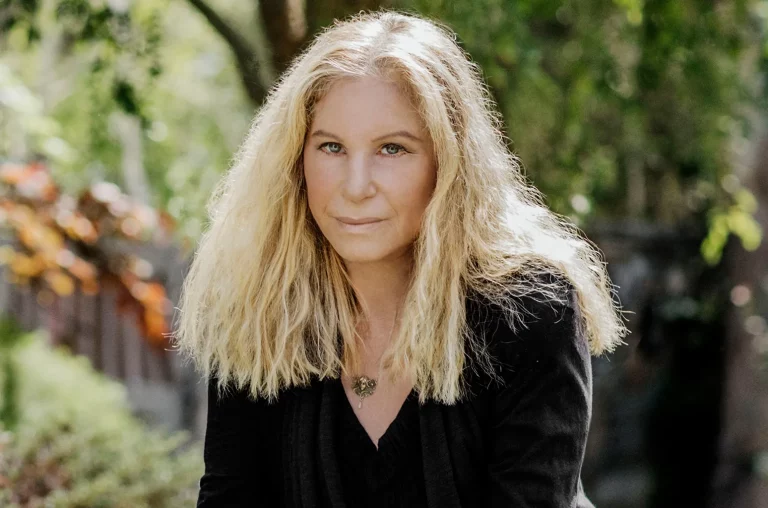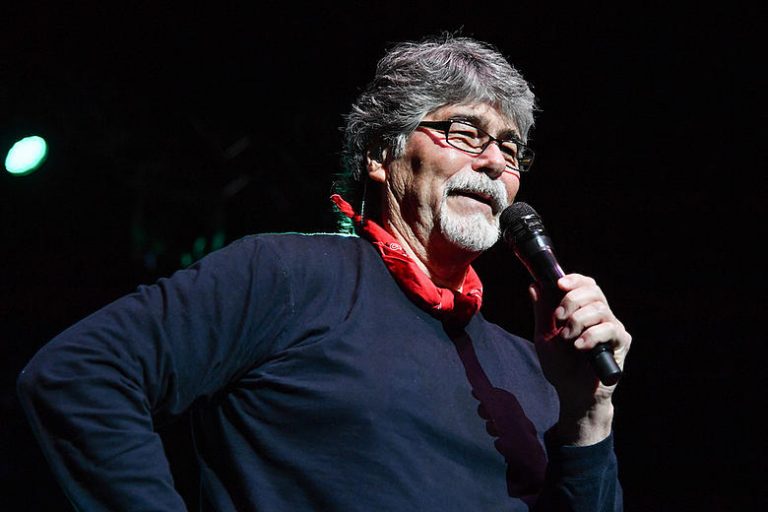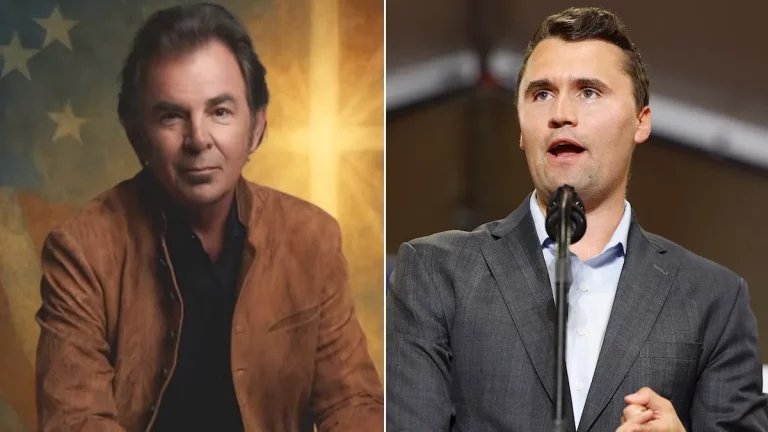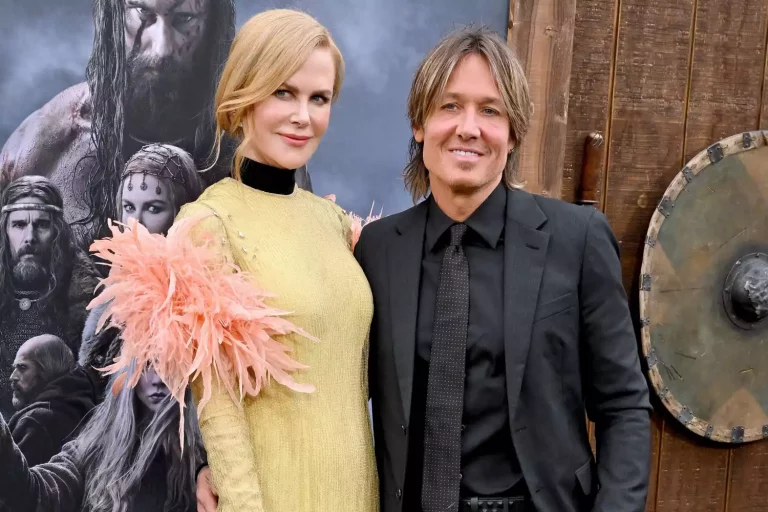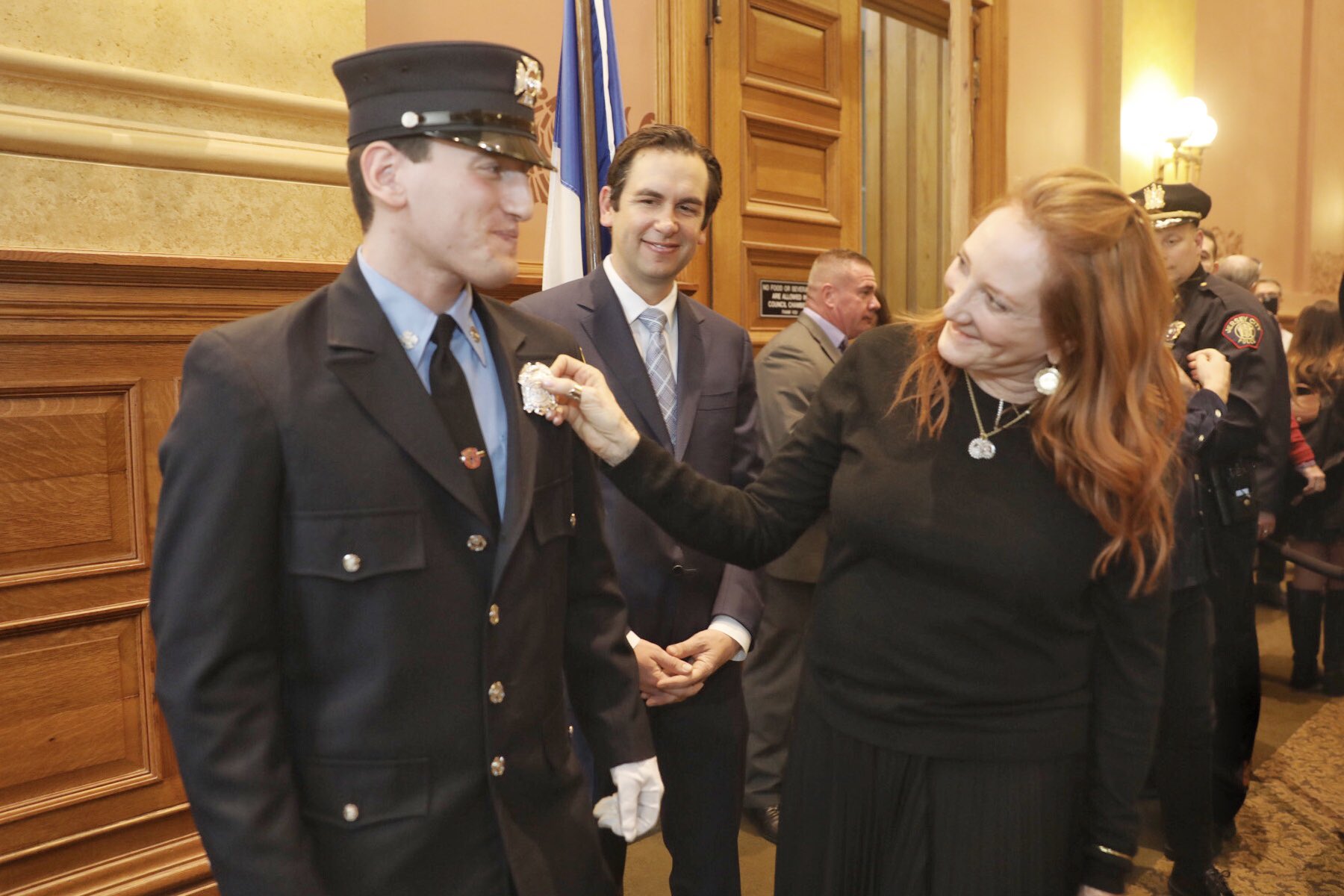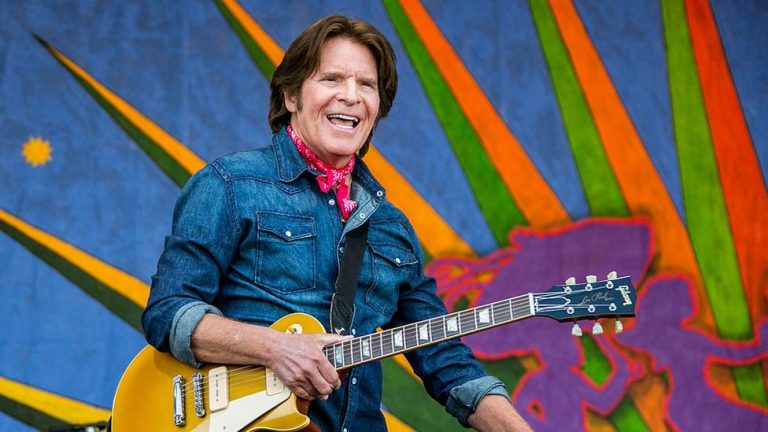When Taylor Swift walked into BBC Radio 1’s Live Lounge in 2019, no one expected what was about to happen. Known for turning her own heartbreaks into chart-topping hits, Swift surprised everyone by performing an emotional, stripped-down cover of Phil Collins’ “Can’t Stop Loving You.”
What followed was a performance so heartfelt and raw that even die-hard Collins fans found themselves in awe. Within days, the video began spreading across social media, with fans calling it one of Swift’s most emotional live moments to date.
A Song with Deep Roots
Originally released by Phil Collins in 2002 on his album Testify, “Can’t Stop Loving You” is itself a reimagining of an older track written by Billy Nicholls and made famous by Leo Sayer. It’s a timeless love song about devotion and loss — emotions Swift has built her entire career articulating.
When asked why she chose that particular song, Swift simply called it “one of the most beautiful, saddest songs ever written.” And when you listen to her version, it’s clear why.
Turning a Classic into Something Completely Her Own
Collins’ original version of “Can’t Stop Loving You” carries a rhythmic, soft-rock feel — steady and hopeful even in heartbreak. Swift, however, slowed everything down and replaced the percussion-driven groove with dreamy synths, creating a modern, cinematic atmosphere.
Her vocals float delicately over the arrangement — soft, trembling, and full of emotion. Every note feels like a confession, every lyric like a quiet goodbye. It’s the kind of performance that reminds you why she’s not just a pop star, but a true storyteller.
Fans flooded the YouTube comments with praise.
“I never really liked Taylor Swift before,” one listener admitted, “but this cover completely changed my mind.”
Another wrote,
“Seeing her sing Phil Collins… I didn’t expect to cry. But I did.”
Since it was uploaded in 2019, the performance has racked up nearly 15 million views, becoming a must-watch for fans of both artists — or anyone who just loves a beautifully done cover.
A Perfect Live Lounge Moment
Swift didn’t stop there. During her Live Lounge session, she also performed several of her own tracks from Lover — including “London Boy”, “The Archer”, and “Lover” — each delivered with her trademark sincerity.
But it was her rendition of “Can’t Stop Loving You” that stole the show. For four minutes, the usually upbeat pop icon became something else entirely: a quiet interpreter of love and loss, channeling emotion through simplicity.
The BBC studio fell silent, and by the end, it felt like everyone — fans, critics, and even longtime Collins listeners — had witnessed something truly special.



